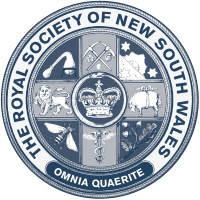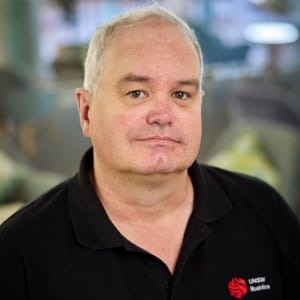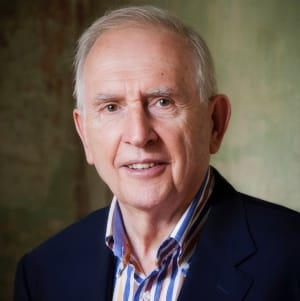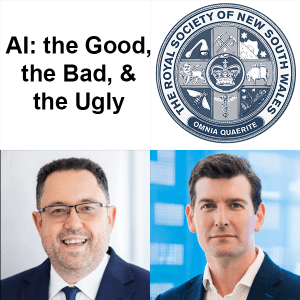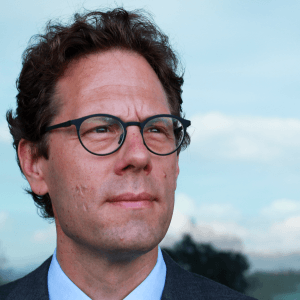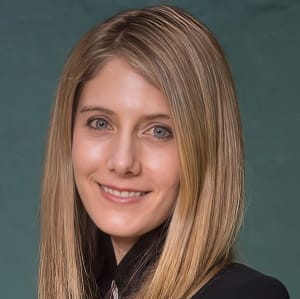“Science for gentlemen – the Royal Society of New South Wales in the nineteenth century”
Peter J. Tyler, Historian for the Royal Society of New South Wales
Wednesday 2 June 2010 at 7 pm
Conference Room 1, Darlington Centre, University of Sydney
Scientific activity in New South Wales began when James Cook and Joseph Banks voyaged along the eastern coast in 1770. This was the Age of Reason, when educated men challenged traditional knowledge handed down from antiquity and the Bible. Curiosity about natural history had become a fashionable pursuit when the penal settlement at Sydney Cove was established in 1788. Settlers and colonial officials collected and classified the animal, vegetable and mineral constituents of their unfamiliar environment. Even some of the convicts found a profitable sideline collecting shells, birds, plants, and aboriginal artefacts for sale to visiting ships’ captains, who in turn sold them for high prices to wealthy collectors in Britain and the Continent.
In June 1821, towards the end of Lachlan Macquarie’s term as Governor, seven men formed the grandly named Philosophical Society of Australasia “with a view to inquiring into the various branches of physical science of this vast continent and its adjacent regions.” Although it only survived for a little over a year, this was a predecessor of the present Royal Society of New South Wales.
During the nineteenth century the Royal Society and its three antecedents functioned as an exclusive club for men “of honourable reputations” interested in the natural sciences. Almost without exception the members were pastoralists, merchants, or professionals such as clergymen, lawyers or medical practitioners. They classed themselves as gentlemen, because they were not engaged in physical labour. Only a handful were what we would now call scientists, because separate disciplines were only beginning to emerge, and career opportunities were few.
This does not mean that science was merely a hobby, or a part-time diversion. Members read the latest overseas journals diligently, they collected specimens and published papers – often descriptive rather than analytical – and they engaged in vigorous discourse on many of the contentious issues of the period, including Darwin’s theories of species evolution at a time when such views were deeply unpopular in Australia. A few conducted original research in fields such as astronomy, geology and aeronautics.
Members of the Royal Society were part of the colonial conservative establishment. Women were excluded, while rigorous admission procedures ensured that “working men” did not become members. Nevertheless, the Royal Society recognised the need to educate or inform the broader public about the achievements of science, and organised regular gatherings for that purpose. It would be easy to characterise the members as typical class-conscious paternalists of the Victorian era, but there were always a few dissenters who did not fit that model.
In the twentieth century more inclusive attitudes emerged gradually, reflecting the changes in the wider community. Today it is difficult to discern any remnants of the earlier caste system. A question we might ponder is – has the influence and public profile of the Royal Society diminished at the same time?
Peter J. Tyler is the Historian for the Royal Society of New South Wales. In 2008-2009 he was the inaugural Merewether Research Scholar at the Mitchell Library. Peter has a BA degree in geography and a Master’s degree in history from the University of New England. His PhD thesis from that institution examined the role of the Board of Health in public health administration in NSW from 1881-1973. He also holds a Graduate Diploma in Adult Education from UTS. Previously he worked in management positions in the public, private, and not-for-profit sectors, including fifteen years as Secretary and chief executive of the Workers’ Educational Association in Sydney. His published books range over such diverse fields as health care, the building industry, and the public service. Peter Tyler has been President of the NSW Branch of the Australian and New Zealand Society of the History of Medicine, and of the Professional Historians Association (NSW).
by Donald Hector
The middle of the 19th century was a time of great change in NSW. Responsible government was introduced in 1856 and full manhood suffrage followed two years later. Queensland separated from NSW a year after that. And just 10 years after the introduction of responsible government, Queen Victoria granted Royal Assent to the title of The Royal Society of New South Wales. However, as Dr Peter Tyler, the Society’s Historian, explained in his lecture at the 1181st ordinary general meeting on 2 June 2010, The Royal Society of NSW traces its origins back to 1821 when The Philosophical Society of Australasia was formed. There were several early attempts to form such societies with mixed success but this should not understate the commitment of a group of progressives who wanted to see the natural history, agriculture, and culture of the nascent colony flourish.
The Philosophical Society of Australasia was established under patronage of the Governor, Sir Thomas Brisbane and he also became its first President. The founding members included Major Goulburn (the Colonial Secretary) and Edward Wollstonecraft a wealthy merchant and landowner at North Sydney. The purpose was to study the physical sciences and the mineralogy of NSW (which then, of course, included what is now Queensland and Victoria). The early Society only lasted a year or so but there were other attempts to stimulate more intellectual activities in the colony in the first part of the 19th century. The first subscription library was started by Wollstonecraft in 1826 and between 1820 and 1850 other societies began, such as the Agricultural Society (which lapsed for some years and then was re-established in the 1850s), The Australian Society for the Encouragement of Arts, Science, Commerce, and Agriculture (more commonly referred to as the Australian Philosophical Society) but, like the early Philosophical Society, these early groups generally did not thrive.
But by the 1860s, with Sydney having been formally declared a city (in 1842), NSW having been granted responsible government, and the buoyant economic growth of the period created an environment where interest in science, art, and literature blossomed. The University of Sydney was founded in 1854 and the time was right for a successful society to be established.
Just six years after the granting of Queen Victoria’s Royal Assent there were 122 members of the Society across a range of occupations – pastoralists, businessman, scientists, artists, lawyers, and the clergy – and by the 1890s there were nearly 500 members. In the latter half of the 19th century a number of eminent scientists (Prof John Smith (physics and medicine), Prof Archibald Liversidge (geology and chemistry), Sir Thomas Anderson Stuart (physiology) were but a few). The Society’s transactions were published in a prestigious peer-reviewed journal (which continues today) and attracted publications from such eminent scientists and engineers as Lawrence Hargrave.
The first 80 years of the Society were colourful, strongly influenced by the personalities of the time when NSW was finding its feet as a society. Dr Tyler’s work was made possible through his appointment as the inaugural Merewether Scholar of the State Library of NSW.
